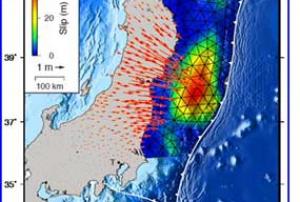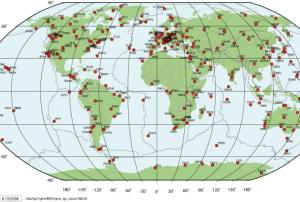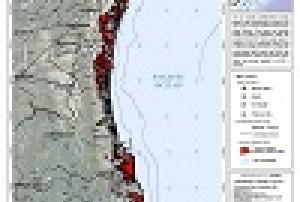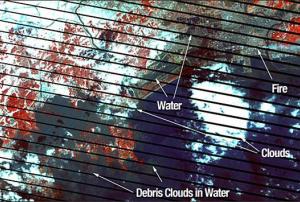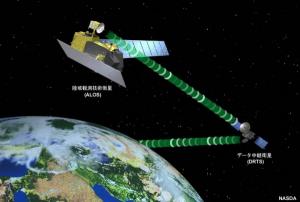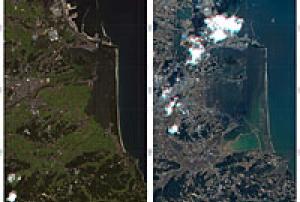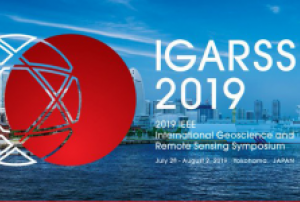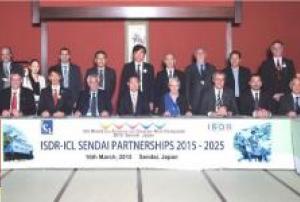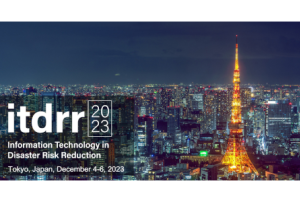A new GEO Geohazard Supersite on the Tohoku-oki Event was established immediately after the 11 March earthquake and tsunami to aid rescue efforts and advance scientific understanding. Meanwhile, the International Charter on Space and Major Disasters was activated at the request of the Japanese Cabinet and the Japan Aerospace Exploration Agency (JAXA). JAXA is distributing updated PALSAR, ScanSAR and FBS data via its FTP site, and the Italian Space Agency (ASI) is providing data and data products for use by experts.
GEO’s Tohoku-oki Event Supersite is pooling the best and most up-to-date images, maps, model results and links on the multiple disasters. The available products address interplate coupling, historic seismicity, and damage; they also include 3D animations of the aftershocks recorded to date.
JAXA has invited modelers and other users of the data it is distributing to share their results with Japan and with the international community as a whole. The…
more